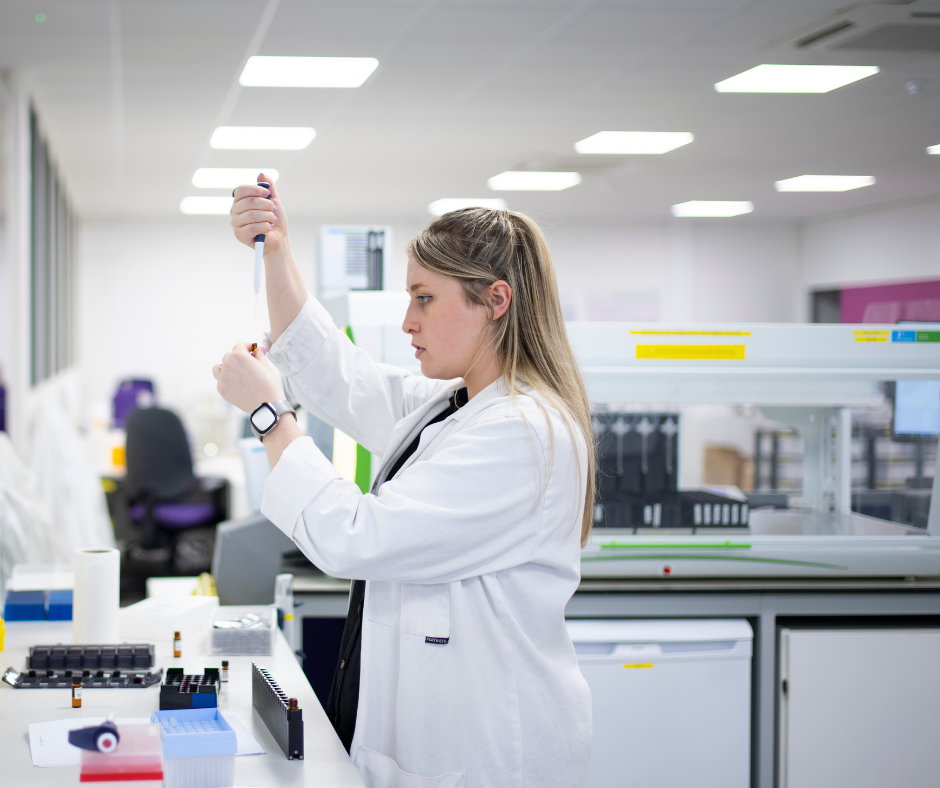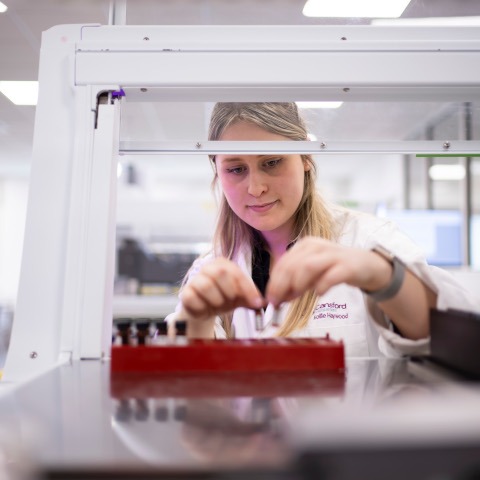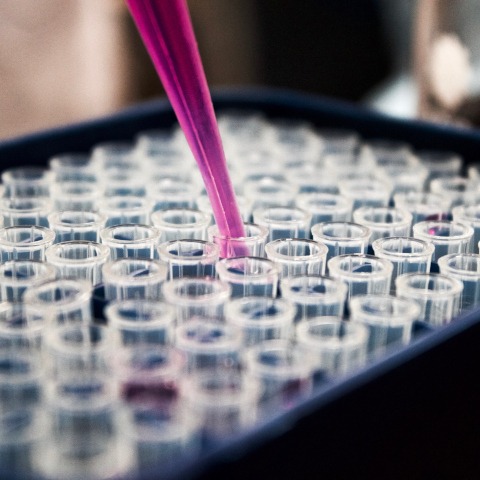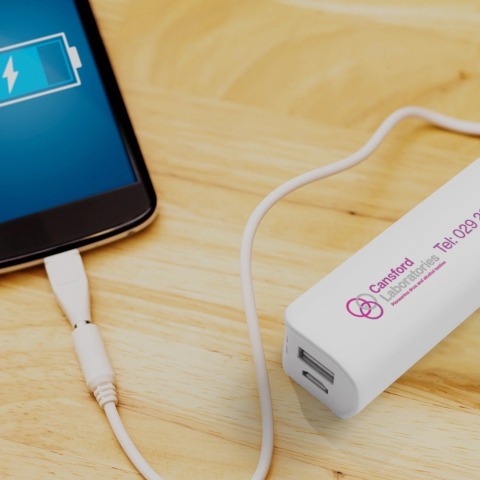
Cansford Labs has launched a new dual marker blood test, giving clients an even clearer picture of both recent and longer-term alcohol use.
The new test adds analysis of Ethyl glucuronide (EtG) to Cansford’s well-established PEth (phosphatidylethanol) test, both collected from a single dry blood spot (DBS) sample.
Offered at no extra cost, this dual test provides valuable insight into patterns of use over time, helping professionals make more informed decisions.
PEth testing is a trusted tool among family law practitioners and professionals working in child protection. Because PEth only forms when alcohol is consumed, it provides an accurate picture of use over the previous few weeks, typically up to 28 days, making it especially useful for monitoring compliance or confirming abstinence.
The test is simple and non-invasive. A small blood sample is taken from a finger prick, with no need for specialist phlebotomy skills or venepuncture. This approach is particularly helpful for those with needle phobia or poor venous access. Once collected, DBS samples are easy to store and transport, remaining stable even in challenging conditions.
In many cases, PEth and hair testing are used together to show both short-term and long-term patterns, with hair providing insight over up to six months. Now, by incorporating EtG into the same blood spot as PEth, Cansford’s new test can fill the gap between immediate and historical consumption.
EtG can be detected in blood within around 45 minutes of drinking and remains detectable for up to 80 hours following excessive consumption. Combined with PEth, it gives a more complete picture of an individual’s recent and longer-term alcohol use.
Says Sian Bevan, Scientific Manager at Cansford Laboratories:
“This is an important breakthrough in alcohol testing. Whilst EtG testing in blood is not a new process, historically it has been taken as a separate venous sample, which was a more invasive process and was taken at an additional cost.
“Through our new test, incorporating blood EtG, we can now provide more immediate and precise information about recent alcohol use as well as historical use, without the need for additional tests.”




